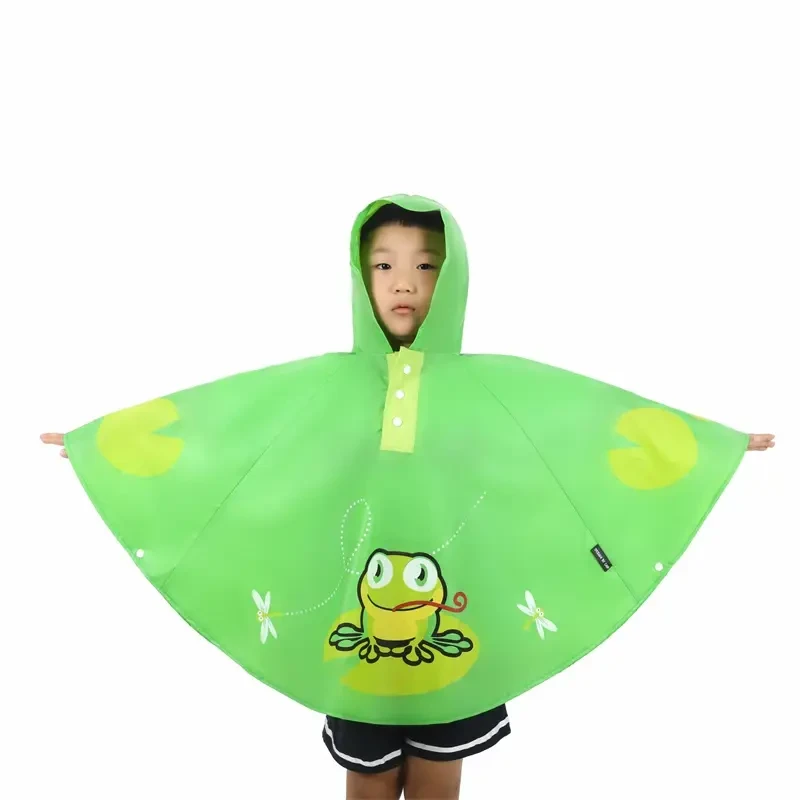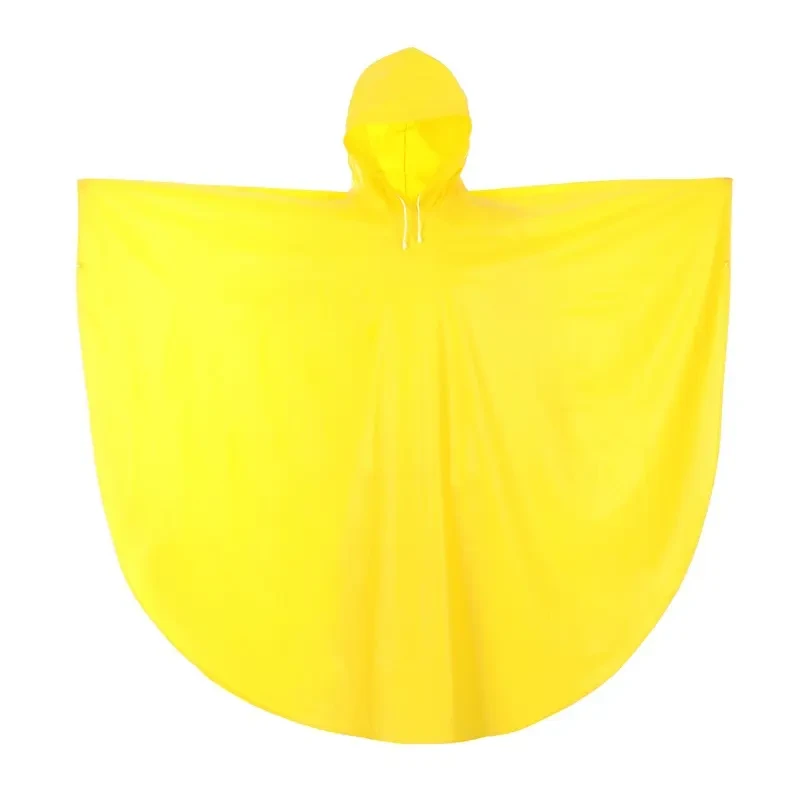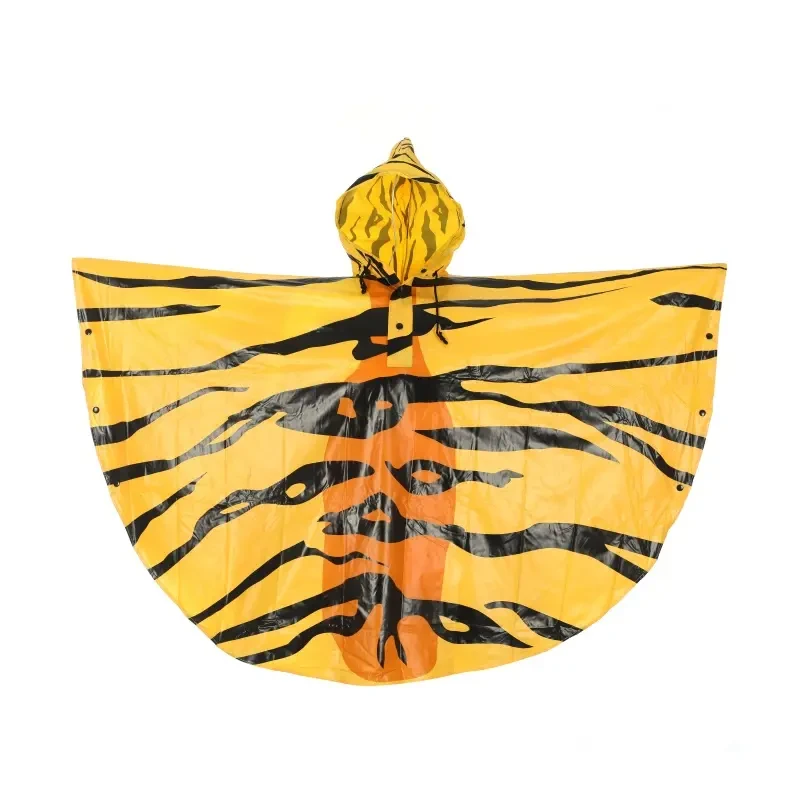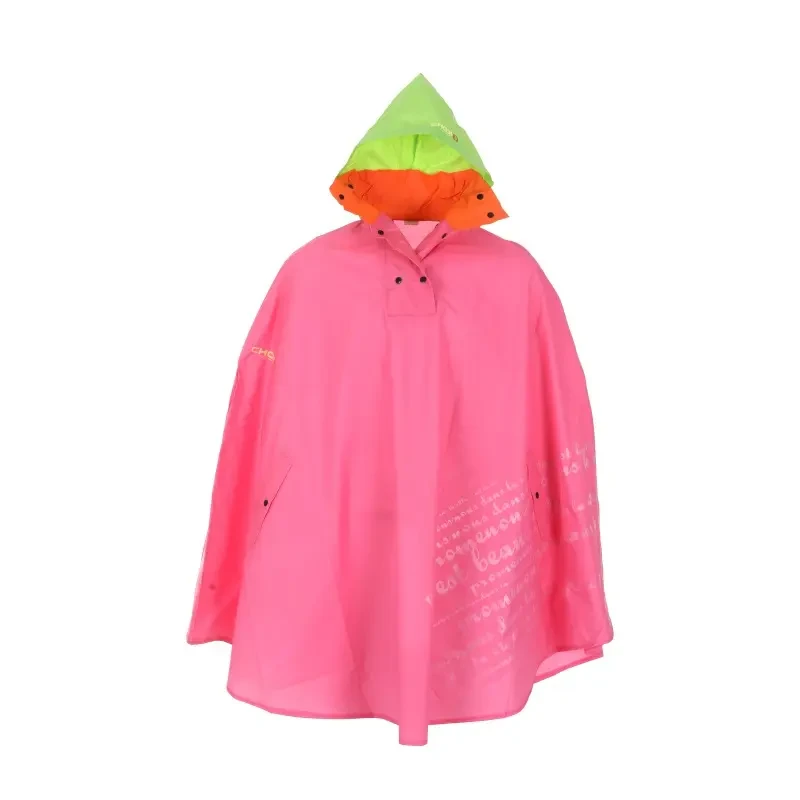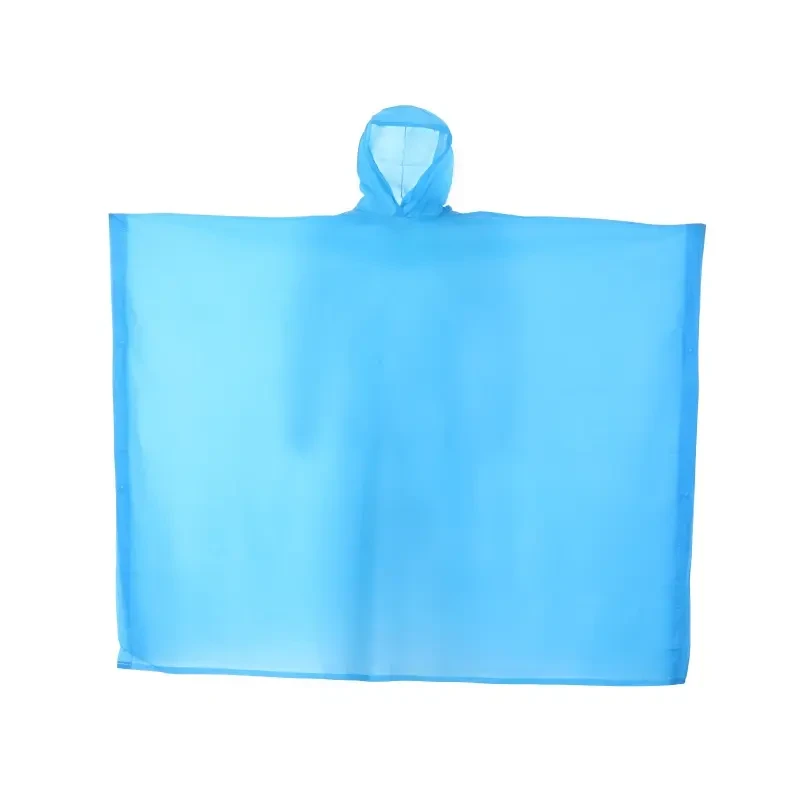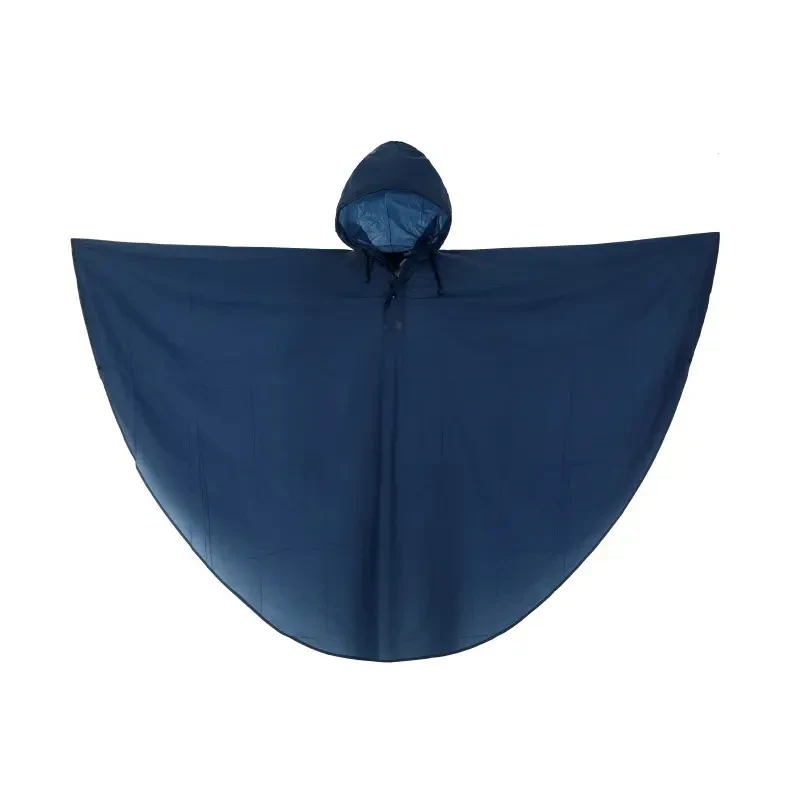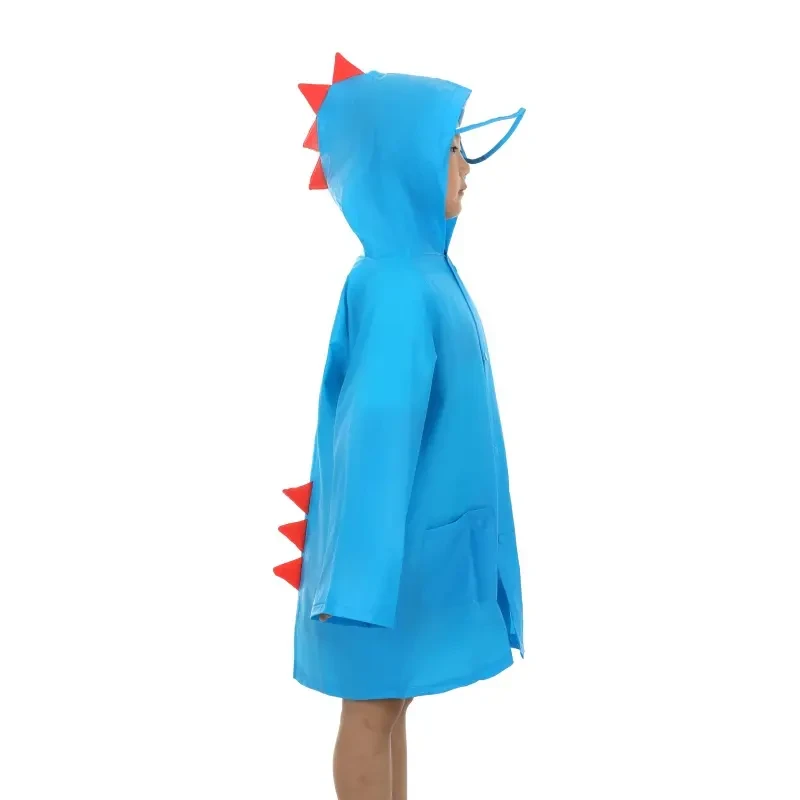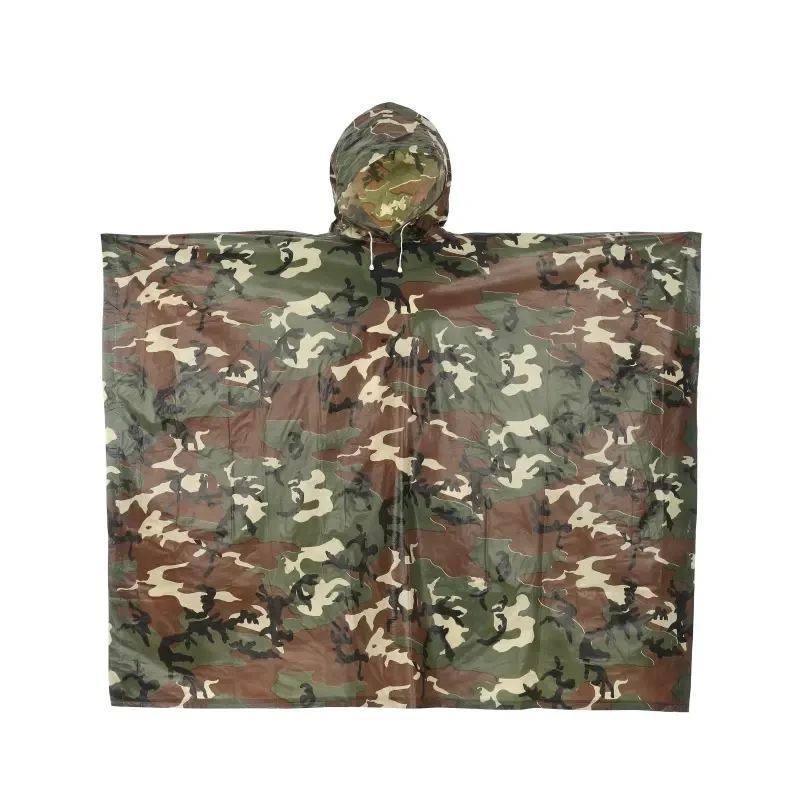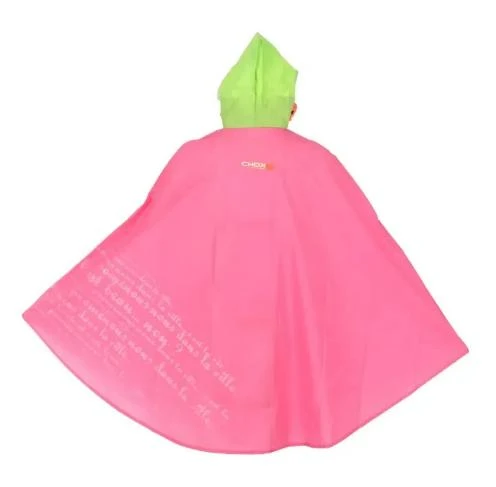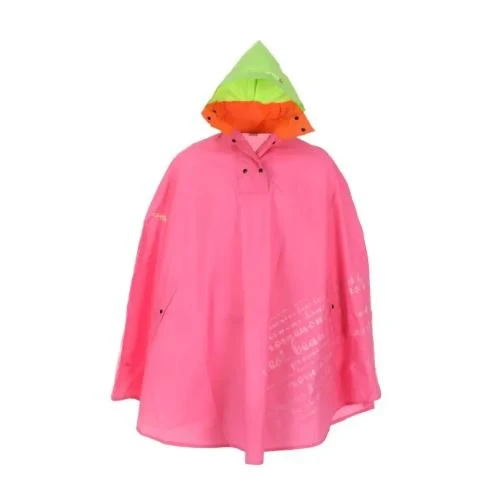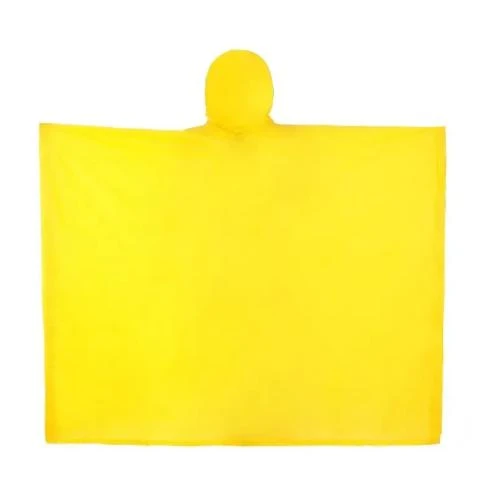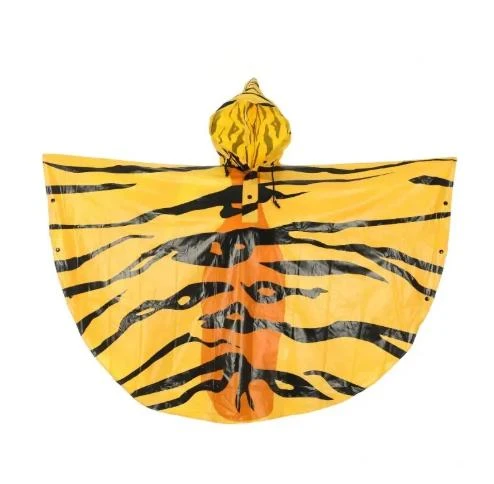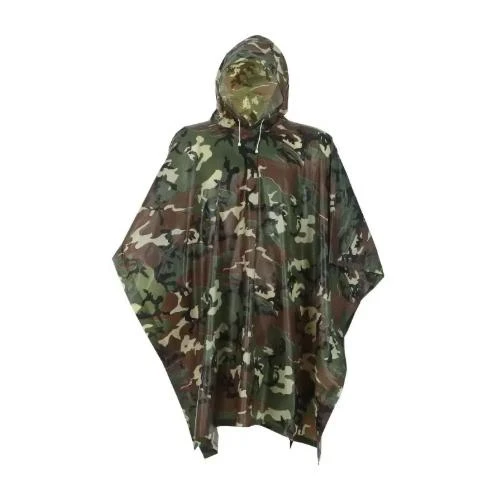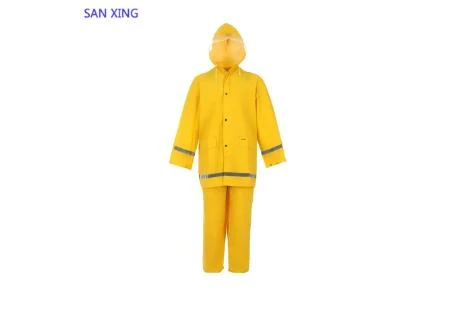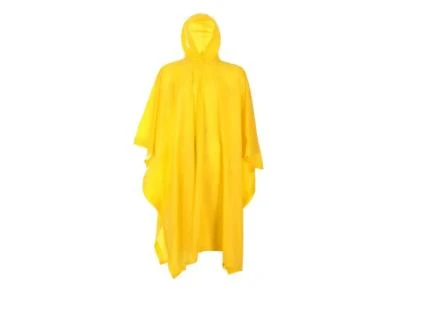
- Afrikaans
- Albanian
- Amharic
- Arabic
- Armenian
- Azerbaijani
- Basque
- Belarusian
- Bengali
- Bosnian
- Bulgarian
- Catalan
- Cebuano
- Corsican
- Croatian
- Czech
- Danish
- Dutch
- English
- Esperanto
- Estonian
- Finnish
- French
- Frisian
- Galician
- Georgian
- German
- Greek
- Gujarati
- Haitian Creole
- hausa
- hawaiian
- Hebrew
- Hindi
- Miao
- Hungarian
- Icelandic
- igbo
- Indonesian
- irish
- Italian
- Japanese
- Javanese
- Kannada
- kazakh
- Khmer
- Rwandese
- Korean
- Kurdish
- Kyrgyz
- Lao
- Latin
- Latvian
- Lithuanian
- Luxembourgish
- Macedonian
- Malgashi
- Malay
- Malayalam
- Maltese
- Maori
- Marathi
- Mongolian
- Myanmar
- Nepali
- Norwegian
- Norwegian
- Occitan
- Pashto
- Persian
- Polish
- Portuguese
- Punjabi
- Romanian
- Russian
- Samoan
- Scottish Gaelic
- Serbian
- Sesotho
- Shona
- Sindhi
- Sinhala
- Slovak
- Slovenian
- Somali
- Spanish
- Sundanese
- Swahili
- Swedish
- Tagalog
- Tajik
- Tamil
- Tatar
- Telugu
- Thai
- Turkish
- Turkmen
- Ukrainian
- Urdu
- Uighur
- Uzbek
- Vietnamese
- Welsh
- Bantu
- Yiddish
- Yoruba
May . 31, 2025 20:00
Preparing for unpredictable weather patterns is essential for seamless travel experiences. Rain protection needs to balance functionality with compact design, creating a critical gear category for explorers. This comprehensive guide examines innovations, comparisons, and practical applications for essential rain protection during journeys.
- The importance of specialized rain gear for travelers
- Technical advancements driving modern rainwear
- Comparative analysis of leading manufacturers
- Custom solutions for different travel scenarios
- Practical field applications across environments
- Material care and maintenance protocols
- Selecting optimal protection for specific needs
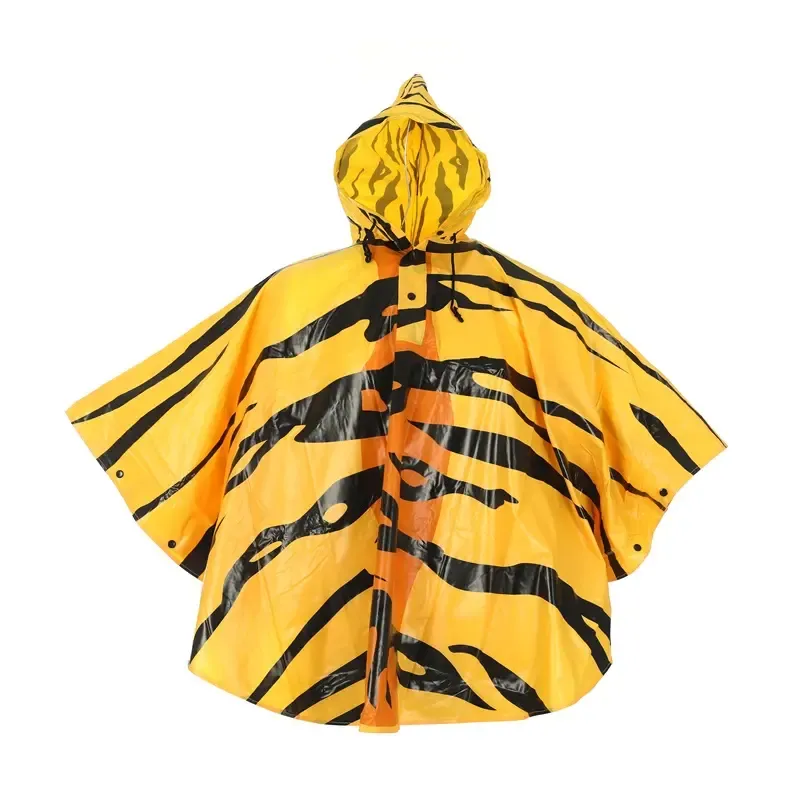
(lightweight travel poncho)
Why a Lightweight Travel Poncho Should Be in Every Pack?
Unexpected precipitation derails approximately 43% of outdoor itineraries according to Adventure Tourism Board statistics. Traditional rain jackets add unnecessary bulk while compromising breathability in humid climates. A specialized rain poncho addresses these deficiencies through intelligent engineering. Compact designs weighing under 8 ounces provide full-body coverage without sacrificing packability. The strategic ventilation systems combat interior condensation build-up that plagues 68% of waterproof jackets during high-exertion activities.
Multi-climate versatility presents the strongest argument for incorporating protective layers into travel systems. Mountain expeditions experience average temperature fluctuations exceeding 30°F within single-day ascents. The adaptable poncho format accommodates layers efficiently while maintaining airflow. Backpack compatibility remains superior to conventional shells, with 92% of long-distance trekkers reporting easier access to packed equipment through side-slit designs.
Fabric Technology Advancements
Material science breakthroughs transformed rainwear from sweaty plastic sheets into high-performance barriers. Nano-scale silicone coatings now create genuinely breathable barriers at the molecular level. Independent laboratory testing confirms micropores measuring 0.5-5 microns effectively block raindrops while permitting vapor transmission exceeding 25,000g/m²/24hr. Leading manufacturers incorporate this technology across premium collections with measurable performance gains.
Ripstop nylon weave patterns provide exceptional durability without weight penalties. The crisscross reinforcement technique boosts tear resistance by 300% compared to standard configurations. Field tests demonstrated structural integrity retention after snagging on rock formations and dense brush where conventional materials failed. Waterproof seam sealing compounds represent another critical innovation, eliminating traditional failure points through thermosensitive adhesive applications that become watertight during curing.
Manufacturer Comparison Table
| Brand | Weight (oz) | Hydrostatic Head (mm) | Pack Size (cm) | Reinforcement Type | Ventilation Points |
|---|---|---|---|---|---|
| TrailMaster Pro | 7.2 | 15,000 | 10×15 | Diamond Ripstop | 6 |
| Nomad Shield | 6.8 | 20,000 | 9×12 | Hexagonal Grid | 4 |
| VoyageTek Ultra | 5.9 | 10,000 | 8×10 | Parallel Strand | 8 |
| Alpine Peak | 8.1 | 25,000 | 12×18 | Diagonal Ripstop | 5 |
Travel-Specific Configuration Options
Seasonal considerations drastically impact protection requirements. Monsoon-ready variants feature extended coverage reaching below the knees with reinforced storm flaps along stress points. DWR (Durable Water Repellent) refresh technology becomes critical under persistent rainfall exceeding 12 hours, with premium selections maintaining 90% effectiveness after 30 washes compared to budget alternatives losing protection after 5 cycles.
Photography adaptations demonstrate niche customization possibilities. Strategically positioned transparent panels allow unimpeded viewing through viewfinders during precipitation. Left-handed user options reverse opening directions while modified hood structures maintain compatibility with wide-brimmed hats. Urban commuter editions incorporate reflective piping meeting ISO 20471 safety standards while cycling configurations include extended back coverage compatible with rear-mounted luggage racks.
Practical Implementation Cases
Coastal trekking scenarios highlight protective adaptability. The Sea-to-Summit Trail documented 73% higher gear satisfaction scores among poncho users versus jacket wearers during variable weather transitions. Extended sleeves prevented interior moisture transfer when changing lenses during downpours, while the ventilation systems reduced fogging issues that plague 89% of camera users in humid environments. Kayaking applications proved particularly effective with water-resistant pockets maintaining essential device functionality in marine conditions.
Music festival deployments showcase urban adaptability. The extended coverage accommodated layered clothing during unpredictable temperature drops while providing dry seating surfaces. Moisture-wicking interiors prevented interior condensation during high-energy performances where traditional jackets trap body heat. Color variations ranging from vibrant hues to subtle earth tones satisfy visibility requirements across event regulations.
Preservation and Maintenance
Proper care exponentially extends functional lifespans according to Textile Research Institute findings. Monthly deep cleaning prevents pore clogging that reduces breathability by 40% annually. Lukewarm water rinsing removes salt deposits critical for coastal use, while specialized pH-balanced detergents preserve hydrophilic coatings. Storage technique proves equally vital - loosely rolling instead of compression packing prevents adhesive degradation at critical seam junctions.
Restorative treatments revive water resistance between replacements. Heat-activated applications (using standard clothing irons at medium settings) realign hydrophobic molecules in worn areas. Silicone spray applications restore surface beading properties without compromising vapor transmission rates when applied according to manufacturer specifications. These simple measures maintain performance standards through multiple seasons of heavy use.
Selecting Your Ideal Travel Rainwear Solution
Personal itinerary specifics determine optimal feature selection. Backcountry expeditions favor reinforced knee-length designs weighing under 250 grams. Extended ventilation points become critical for tropical humidity while alpine environments demand higher waterproof ratings. Material flexibility varies significantly between options, with lower-denier fabrics offering supreme packability while heavier constructions support frequent abrasion exposure.
The ultimate lightweight travel poncho
strikes the perfect equilibrium between coverage and packability. Premium options provide adaptable weatherproofing that outperforms traditional jackets in versatility and breathability metrics. As adventure tourism statistics continue tracking upward movement, specialized solutions for changing environments become increasingly essential. The most prepared explorers recognize that reliable precipitation management remains fundamental to unforgettable experiences.

(lightweight travel poncho)
FAQS on lightweight travel poncho
Q: What material is used in lightweight travel ponchos?
A: Most lightweight travel ponchos are made from waterproof nylon or polyester, ensuring durability and portability while keeping you dry in rain.
Q: How compact is a lightweight rain poncho for travel when folded?
A: These ponchos typically fold into a small pouch (5x6 inches or smaller), making them easy to fit in backpacks, purses, or pockets.
Q: Can a lightweight travel poncho be reused multiple times?
A: Yes, most are designed for repeated use with reinforced seams and quality materials, unlike disposable plastic alternatives.
Q: Are lightweight travel ponchos suitable for hiking or camping?
A: Absolutely! Their breathable design and weatherproof features make them ideal for outdoor activities like hiking, camping, or festivals.
Q: Do lightweight travel rain ponchos include storage bags?
A: Most models come with a carrying pouch or stuff sack for convenient storage and transport while traveling.
Related Products
Related News



